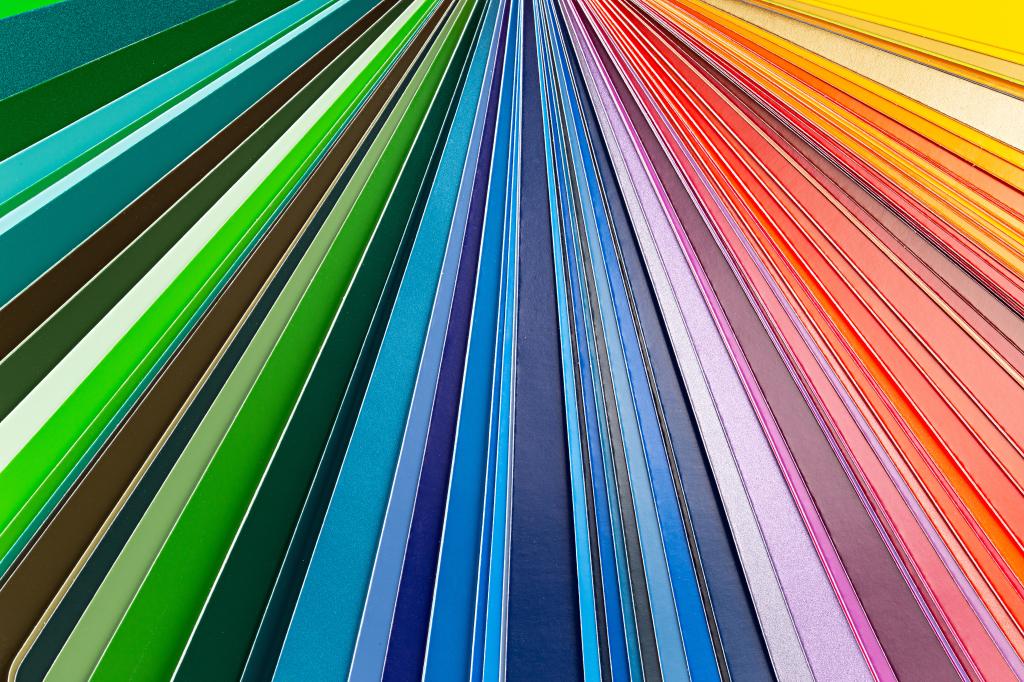On Monday, millions of people in the United States will be in the path of totality for a total solar eclipse. While many are preparing by getting the proper glasses, there is also consideration to be given to what colors to wear during the event. According to Solar Eyeglasses, wearing certain colors can enhance the experience of watching the eclipse in a group or public setting. The advice from experts suggests avoiding neutrals like black, white, gray, and brown, and opting instead for red and green hues to ensure a visual pop as light and saturation decrease during the eclipse.
Solar Eyeglasses explains that as the light levels fall during the eclipse, our eyes switch from cone cells to rod cells which are better for low light conditions. This transition occurs during the mesopic vision zone, where the surroundings are drained of color. The company suggests that wearing red and green hues can enhance the effect of the eclipse as they can provide an interesting contrast due to the way these colors are perceived by our eyes during the eclipse. Neutrals are advised against as they may blend into the eclipse’s shadow and prevent viewers from getting the most out of the experience.
Dr. Nicole Bajic of the Cleveland Clinic explains that with lower photon energy during the eclipse, our cones don’t work as well, causing colors to appear darker or brighter than normal. The support for wearing red and green is further strengthened by veteran eclipse chaser Dr. Gordon Telepun, who suggests that the mesopic zone during an eclipse resembles a chrome dream state with silvery, metallic hues. The Purkinje effect, which dictates how our eyes perceive colors in low light conditions, is heightened during an eclipse, explaining why reds appear darker and blues and greens brighter.
The upcoming eclipse on April 8, 2024, is expected to block the sun for over 180 million people in its path. The event will span across Mexico’s Pacific Coast, through 15 US states, and up to Newfoundland, Canada. New Yorkers are expected to experience the solar eclipse just after 2 p.m. on Monday. Safety precautions are necessary to avoid eye injuries, and experts recommend using proper eyewear like eclipse glasses or handheld solar viewers during the partial eclipse phase before and after totality. The next total solar eclipse is predicted to occur on Aug. 12, 2026, with totality visible in Greenland, Iceland, Spain, Russia, and a small part of Portugal.
Astrologer Reda Wigle is known for her research into and reports about planetary configurations and their impact on each zodiac sign. Her horoscopes integrate elements of history, poetry, pop culture, and personal experiences. She is also an accomplished writer who has covered a range of topics, including cemetery etiquette, travel experiences, and unique food encounters. Her diverse interests and engaging writing style make her horoscopes and articles intriguing and informative for readers looking to explore the world of astrology and beyond.


